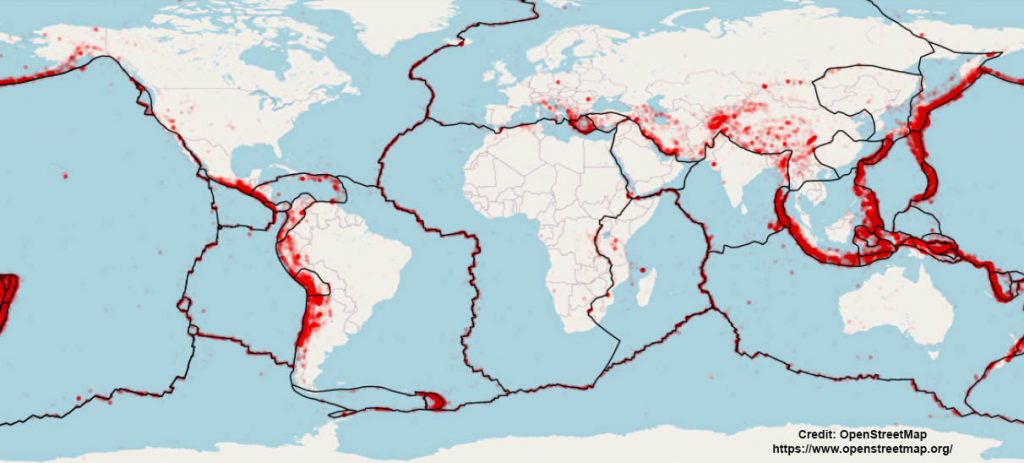Incorporating solar activity predictions into detailed Earth temperature models may improve earthquake forecasts.
From the Journal: Chaos

WASHINGTON, March 4, 2025 – Seismology has revealed much of the basics about earthquakes: Tectonic plates move, causing strain energy to build up, and that energy eventually releases in the form of an earthquake. As for forecasting them, however, there’s still much to learn in order to evacuate cities before catastrophes like the 2011 magnitude 9.0 Tōhoku earthquake that, in addition to causing a tsunami that led to the Fukushima nuclear disaster, resulted in more than 18,000 deaths.
In recent years, research has focused on a possible correlation between the sun or moon and seismic activity on Earth, with some studies pointing to tidal forces or electromagnetic effects interacting with the planet’s crust, core, and mantle.
In Chaos, by AIP Publishing, researchers from the University of Tsukuba and the National Institute of Advanced Industrial Science and Technology in Japan explored the likelihood that Earth’s climate, as affected by solar heat, plays a role. The study builds on one that a pair of the researchers had published in the same journal in 2022; that study connected solar activity, particularly sunspot numbers, with seismic systems on Earth to establish a causal effect.
“Solar heat drives atmospheric temperature changes, which in turn can affect things like rock properties and underground water movement,” said author Matheus Henrique Junqueira Saldanha. “Such fluctuations can make rocks more brittle and prone to fracturing, for example — and changes in rainfall and snowmelt can alter the pressure on tectonic plate boundaries. While these factors may not be the main drivers of earthquakes, they could still be playing a role that can help to predict seismic activity.”
Using mathematical and computational methods, the researchers analyzed earthquake data alongside solar activity records and surface temperatures on Earth. Among other findings, they observed that when they included Earth surface temperatures into their model, the forecasting became more accurate, especially for shallow earthquakes.
“That makes sense, since heat and water mostly affect the upper layers of the Earth’s crust,” said Junqueira Saldanha.
The findings suggest the transfer of solar heat to the surface of the Earth does affect seismic activity, however minutely, and that incorporating solar activity predictions into detailed Earth temperature models may help issue earthquake forecasts.
“It’s an exciting direction, and we hope our study sheds some light on the bigger picture of what triggers earthquakes,” said Junqueira Saldanha.
###
Article Title
The role of solar heat in earthquake activity
Authors
Matheus Henrique Junqueira Saldanha, Masanori Shiro, Yuji Yagi, and Yoshito Hirata
Author Affiliations
University of Tsukuba, Japan; AIST
